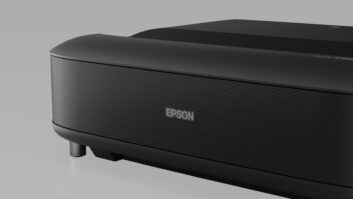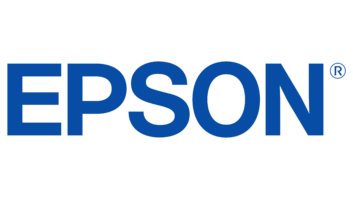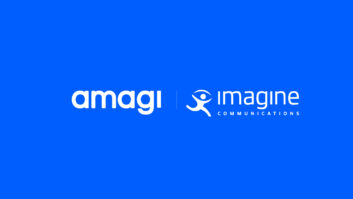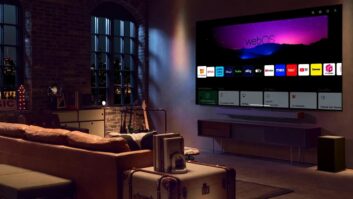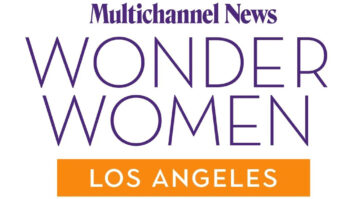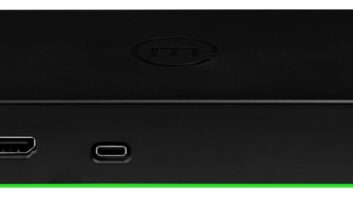New York – The National Advertising Division (NAD) of the Council of Better Business Bureaus, a self-regulatory body of the advertising industry, said it would turn over to the Federal Trade Commission (FTC) a false advertising complaint against Texas Instruments (TI) for allegedly making misleading claims about certain merits of DLP micro-display technology compared to LCD.
The complaint was originally brought to the NAD by Epson America, which is a leading supplier of LCD panels used in micro-display based video projectors and rear projection televisions. It is also a key member of the 3LCD Group which is competing heavily against TI’s DLP technology for top share of the video projector markets.
The NAD said it was forced to refer the complaint to the FTC after TI refused to participate in a self-regulatory NAD forum on the matter.
According to a TI spokesperson, “Epson has challenged DLP on specific claims used in marketing communications that we do not believe are false or misleading, so we have elected not to participate in the voluntary NAD forum,” a TI spokesperson said. “We believe that the claims challenged are fully substantiated, but did voluntarily elect to discontinue certain challenged claims based on re-evaluation and refined focus of marketing objectives.”
Specifically, TI said it will continue challenged claims that are supported by existing studies and corroborated by ongoing research, including its assertion of “a marked difference in picture reliability over time between LCD and DLP technology-enabled front data projectors due to image degradation,” according to an NAD statement.
The NAD said Epson’s complaint accused TI of making a number of false or misleading claims in promotional product materials, and Internet advertisements, comparing DLP to LCD technology.
According to the NAD, Epson said TI’s materials claimed that “LCD technology is less reliable than DLP technology in the abstract, without regard to the finished products in which the technologies are incorporated in front projectors generally; and in rear-projection DLP TVs, compared to rear-projection LCD TVs and flat-panel LCD TVs.”
Epson’s complaint said TI also made such “disparaging claims” as: “LCD technology degrades from heat, or has problems with degradation, and that DLP technology is `more reliable’ because it is virtually immune to heat, vibration, environmental and other factors that cause analog technologies such as LCD to degrade over time.”
In addition, TI was accused of asserting that “other display solutions (including LCD technology) are susceptible to degradation from humidity and that DLP-based products never go out of alignment, while LCD-based products become misaligned over time (or are susceptible to vibration.).”
Epson also found fault with TI’s alleged claim that products based on DLP technology are “all digital,” and that “seven out of the top 10 television manufacturers prefer DLP technology over LCD technology.”
Epson’s complaint said the advertised claims were allegedly based on two TI-sponsored tests of front projectors, which were “classic torture tests of the type long disfavored by NAD,” the NAD stated.




